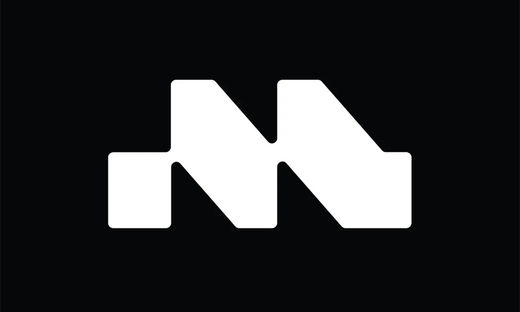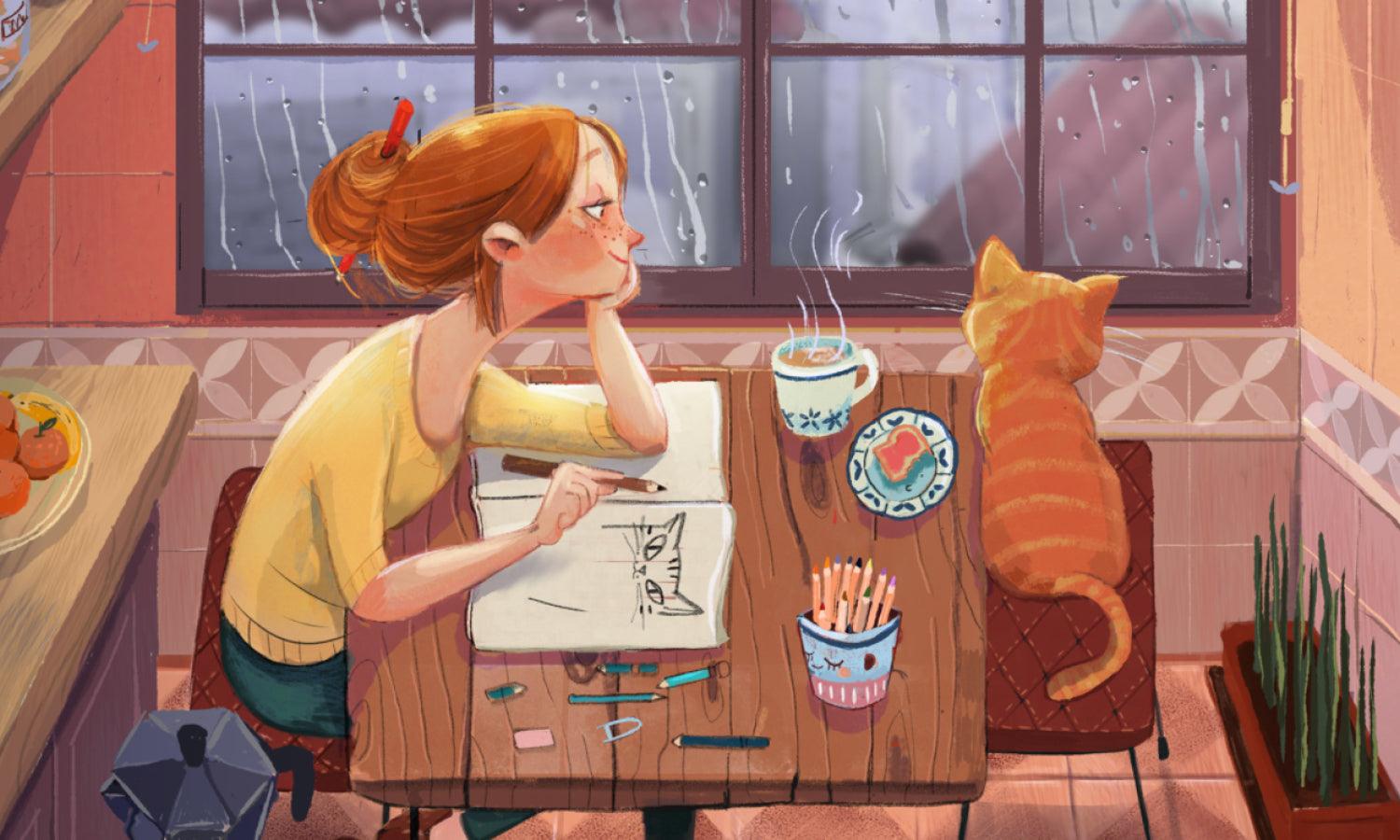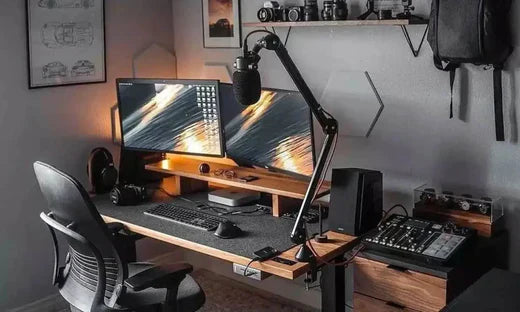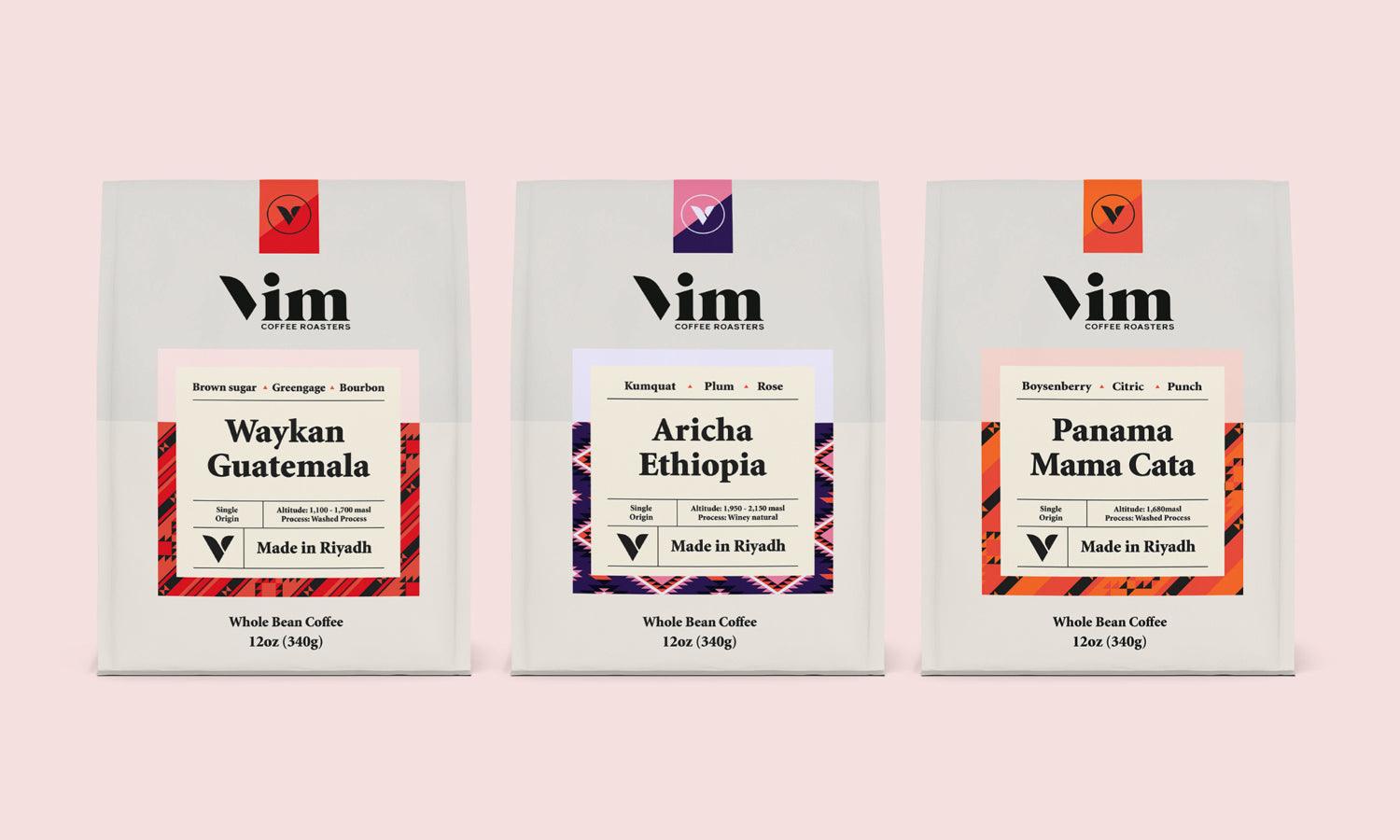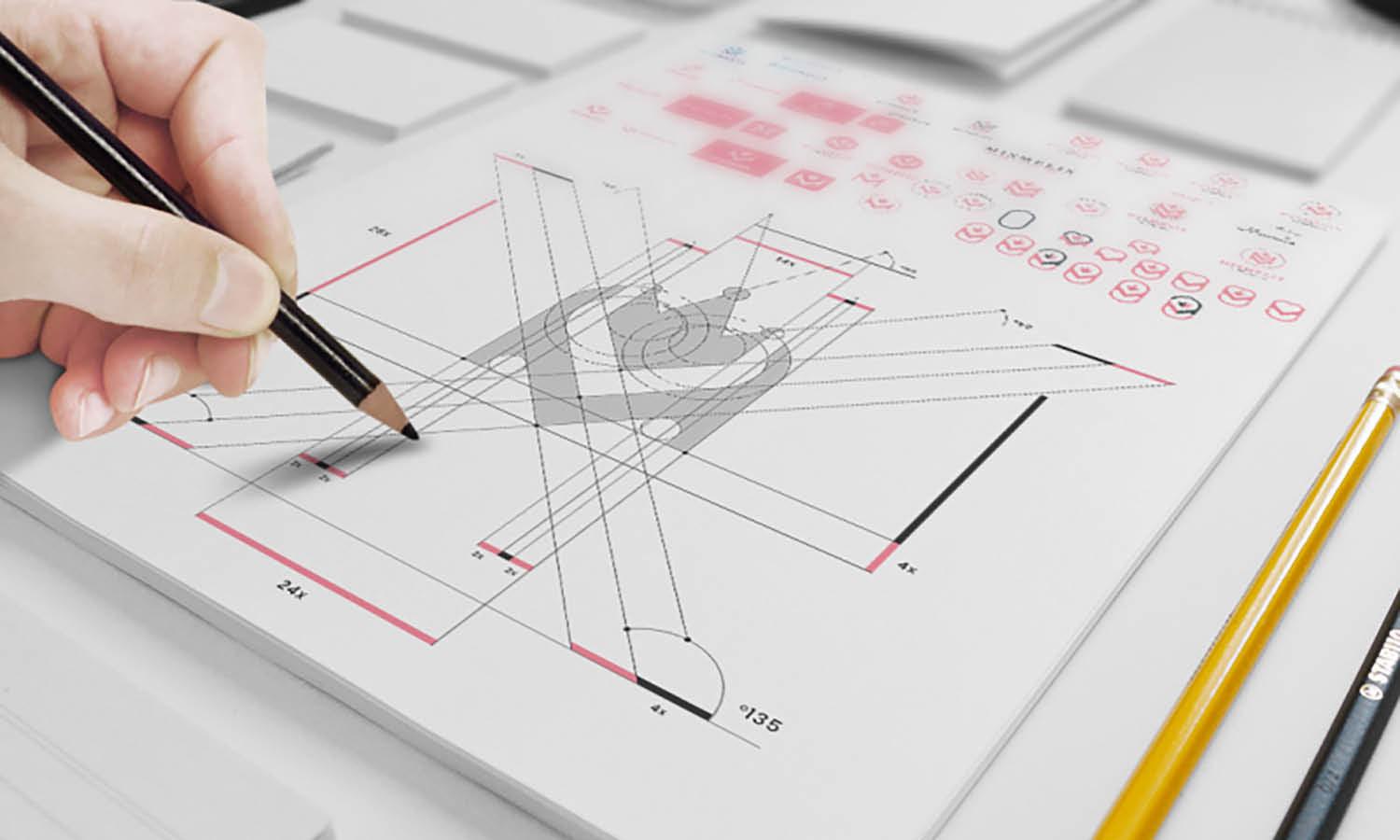The Complete Financial Guide for Creative Freelancers: From Invoicing to Tax Management

Creative professionals who embrace the freelance lifestyle enjoy the freedom to select their projects, set their own hours, and express their artistic vision without corporate constraints. However, this independence comes with the responsibility of managing your own finances—a task that many creatives find challenging. Whether you're a graphic designer, illustrator, UI/UX specialist, or photographer, understanding the financial aspects of freelancing is essential for sustainable success.
The Financial Reality of Creative Freelancing
The creative freelance market continues to expand, with design professionals increasingly choosing independent work over traditional employment. According to recent statistics, the creative gig economy has experienced double-digit growth annually since 2020, with graphic design and digital art among the fastest-growing segments.
While the freedom to pursue passion projects and work with diverse clients makes freelancing attractive, many creative professionals struggle with the business aspects—particularly financial management. The same artistic mindset that drives creative excellence often approaches numbers and financial planning differently.
Setting Up Your Financial Foundation
Before delving into specific financial tools and strategies, establishing a solid foundation for your creative business is crucial.
Business Structure Considerations
The structure you choose affects taxation, liability, and credibility with clients:
Sole Trader/Freelancer: The simplest option with minimal paperwork, where you operate under your name or a "doing business as" designation. Many designers start here before transitioning to a formal business entity. If you're wondering about the differences, exploring whether to operate as a sole trader vs. freelancer can help you make an informed decision based on your specific circumstances.
Limited Liability Company (LLC): Provides personal asset protection while maintaining operational flexibility. Popular among established designers working with larger clients.
Corporation: Offers the strongest liability protection but involves more paperwork and compliance requirements. Usually adopted by design studios with multiple team members.
Separating Personal and Business Finances
The commingling of personal and business funds is one of the top financial mistakes freelancers make. Establish:
- A dedicated business checking account
- Separate credit cards for business expenses
- Clear accounting systems that distinguish between personal and business transactions
This separation simplifies tax preparation, provides clearer insights into business performance, and protects you in case of an audit.
Essential Financial Tools for Creative Freelancers
Here are the essential financial tools:
Professional Invoicing Systems
Your invoicing process reflects your brand's professionalism. Many designers overlook the importance of a streamlined invoicing platform for freelancers that aligns with their brand identity. An effective system should:
- Generate professionally designed invoices that reflect your aesthetic sensibilities
- Automate payment reminders to improve cash flow
- Track payments, including those from international clients
- Integrate with accounting software for seamless financial management
For designers working with international clients, finding a solution that facilitates receiving both local and global payments is essential. The right platform can eliminate currency conversion headaches and reduce transaction fees that eat into your profit margins.
Accounting Software Tailored for Creatives
While general accounting solutions work for many businesses, creative professionals benefit from systems that accommodate project-based work and variable income streams. Look for features like:
- Project profitability tracking
- Time-to-money conversion analytics
- Tax category optimization for creative expenses
- Portfolio-based business reporting
These tools transform financial management from a dreaded chore into a strategic advantage, helping you understand which types of creative work generate the most profit.
Digital Payment Solutions
The best payment gateway for freelancers offers secure, efficient methods for receiving compensation for your creative work. Considerations include:
- Transaction fees (especially for international payments)
- Integration with invoicing and accounting systems
- Client usability and trust factors
- Payment protection policies
Many designers prefer multiple payment options for freelancers to accommodate different client preferences, though this approach requires careful tracking across platforms.
Pricing Your Creative Services Strategically
Perhaps no aspect of creative freelancing generates more anxiety than setting prices. Many talented designers undervalue their work, leading to unsustainable business models and burnout.
Value-Based Pricing Models
Instead of hourly rates that commoditize your creative expertise, consider value-based pricing that reflects the impact of your work on the client's business. This approach acknowledges that:
- A logo for a startup has different value than one for an established corporation
- UX designs that increase conversion rates provide quantifiable business value
- Brand identity systems that position companies for market leadership deserve premium pricing
This mindset shift requires educating clients about design's strategic importance rather than positioning yourself as simply executing visual tasks.
Handling Price Negotiations Confidently
Many creative professionals struggle with price negotiations, often accepting lowball offers due to imposter syndrome or fear of losing work. Develop strategies for:
- Confidently articulating your value proposition
- Offering tiered pricing options rather than discounts
- Walking away from projects that don't meet your minimum profitability threshold
- Educating clients about the relationship between quality design and investment level
Remember that clients who value design quality rarely select providers based solely on price. Your unique creative vision and execution quality justify appropriate compensation.
Managing Cash Flow Through Fluctuating Project Cycles
Unlike salaried designers, freelancers experience inconsistent income patterns. Months of abundance can suddenly shift to project droughts, making financial planning challenging.
Income Smoothing Strategies
Implement these approaches to create more predictable financial patterns:
- Retainer agreements for ongoing client relationships
- Subscription-based design services for recurring revenue
- Passive income through design assets, templates, or educational content
- Strategic project scheduling to balance workload throughout the year
The goal isn't necessarily consistent monthly income (which rarely happens in freelancing) but rather ensuring sufficient resources to cover expenses during inevitable slow periods.
Emergency Fund Requirements
While financial advisors typically recommend 3-6 months of expenses for emergency funds, creative freelancers often benefit from larger reserves due to project cycle unpredictability. Consider building:
- 6-9 months of basic living expenses in high-yield savings
- A separate business emergency fund for unexpected business costs
- A tax reserve account for quarterly estimated payments
These financial buffers provide peace of mind that allows you to focus on creative excellence rather than financial anxiety.
Tax Considerations for Creative Professionals
Taxation represents one of the most significant financial differences between employed and freelance designers. Without employer withholding, you become responsible for all tax planning and payment.
Quarterly Estimated Taxes
Rather than annual tax payments, freelancers typically make quarterly estimated payments to avoid penalties. This system requires:
- Accurate revenue and expense projections
- Understanding of self-employment tax obligations
- Discipline in setting aside tax funds from each payment received
- Calendar management for quarterly filing deadlines
Many creative professionals benefit from automated systems that calculate and segregate tax obligations from each client payment received.
Deduction Optimization for Creatives
Designers and artists often overlook legitimate business deductions specific to creative work:
- Design software subscriptions and updates
- Hardware for creative production
- Professional development and creative courses
- Studio space (including home office deductions)
- Creative reference materials and inspiration sources
- Portfolio website and marketing materials
Tracking these expenses throughout the year with proper documentation maximizes deductions while maintaining audit readiness.
Impact of Recent Tax Law Changes
The recent One Big Beautiful Bill Act (OBBBA), signed into law in July 2025, introduced significant, permanent changes that directly impact the tax burden and long-term financial planning for creative freelancers. As a result of these changes in taxes, you should review your business structure and deduction strategy to ensure you are fully capitalizing on the new provisions.
The key changes that freelancers operating as sole proprietors or through pass-through entities (like most LLCs) should be aware of include:
- Permanent Qualified Business Income (QBI) Deduction: The 20% QBI deduction for qualified net business income, a major benefit for many freelancers, has been made permanent, removing its scheduled sunset date.
- Maintained Standard Deduction: The Act ensures the base standard deduction remains at its nearly doubled levels from the 2017 tax reforms.
- Increased SALT Deduction Cap: The limit on the deduction for State and Local Taxes (SALT) has been raised to $40,000 (subject to income limits), potentially benefiting freelancers who itemize deductions and live in high-tax states.
Understanding these provisions is crucial, as they offer opportunities for substantial tax savings. However, tax law is complex, and the specific impact of the OBBBA depends on your business's structure and overall income. Always consult with a qualified tax professional to ensure you are maximizing these deductions and maintaining compliance.
Building Sustainable Financial Practices
Financial management isn't a one-time setup but rather an ongoing practice that evolves with your creative business.
Regular Financial Reviews
Schedule consistent times to review your business finances:
- Weekly for basic income and expense tracking
- Monthly for broader financial pattern analysis
- Quarterly for tax planning and business strategy alignment
- Annually for comprehensive business performance evaluation
These reviews help identify problematic patterns before they become critical and highlight opportunities for business growth.
Financial Planning for Creative Business Growth
As your design practice evolves, your financial strategy should evolve as well. Consider:
- When to raise rates based on demand and expertise development
- Strategic reinvestment in equipment or skills that open new market opportunities
- Hiring contractors versus employees for business expansion
- Retirement planning appropriate for creative entrepreneurs
These considerations transform reactive financial management into proactive business strategy.
The Intersection of Creativity and Financial Success
The most successful creative freelancers recognize that business acumen and artistic excellence are complementary rather than conflicting values. Understanding the complete guide to freelancing helps you appreciate how your creative work fits into the broader context of the independent workforce ecosystem.
Financial management doesn't diminish your artistic integrity—it provides the foundation that allows your creativity to flourish sustainably. By implementing solid financial practices, you create:
- Freedom from financial stress that can block creative flow
- Ability to select projects based on creative interest rather than desperate need
- Resources to invest in creative development and cutting-edge tools
- Long-term sustainability that supports lifelong creative practice
The intersection of creativity and financial management isn't merely about survival—it's about creating a thriving design practice that supports your artistic vision.
Resources for Ongoing Financial Education
Financial knowledge, like creative skills, requires ongoing development. Valuable resources include:
- Professional associations with freelancer-specific financial guidance
- Communities of practice where creative business owners share strategies
- Financial advisors who specialize in working with creative entrepreneurs
The financial aspects of creative freelancing might initially seem intimidating, but they become manageable with the right systems and mindset. Each financial skill you develop strengthens your creative business, enabling sustainable success in an industry you love.
Whether you're establishing yourself as a freelance graphic designer or expanding an established creative practice, mastering the business side empowers your artistic journey.

